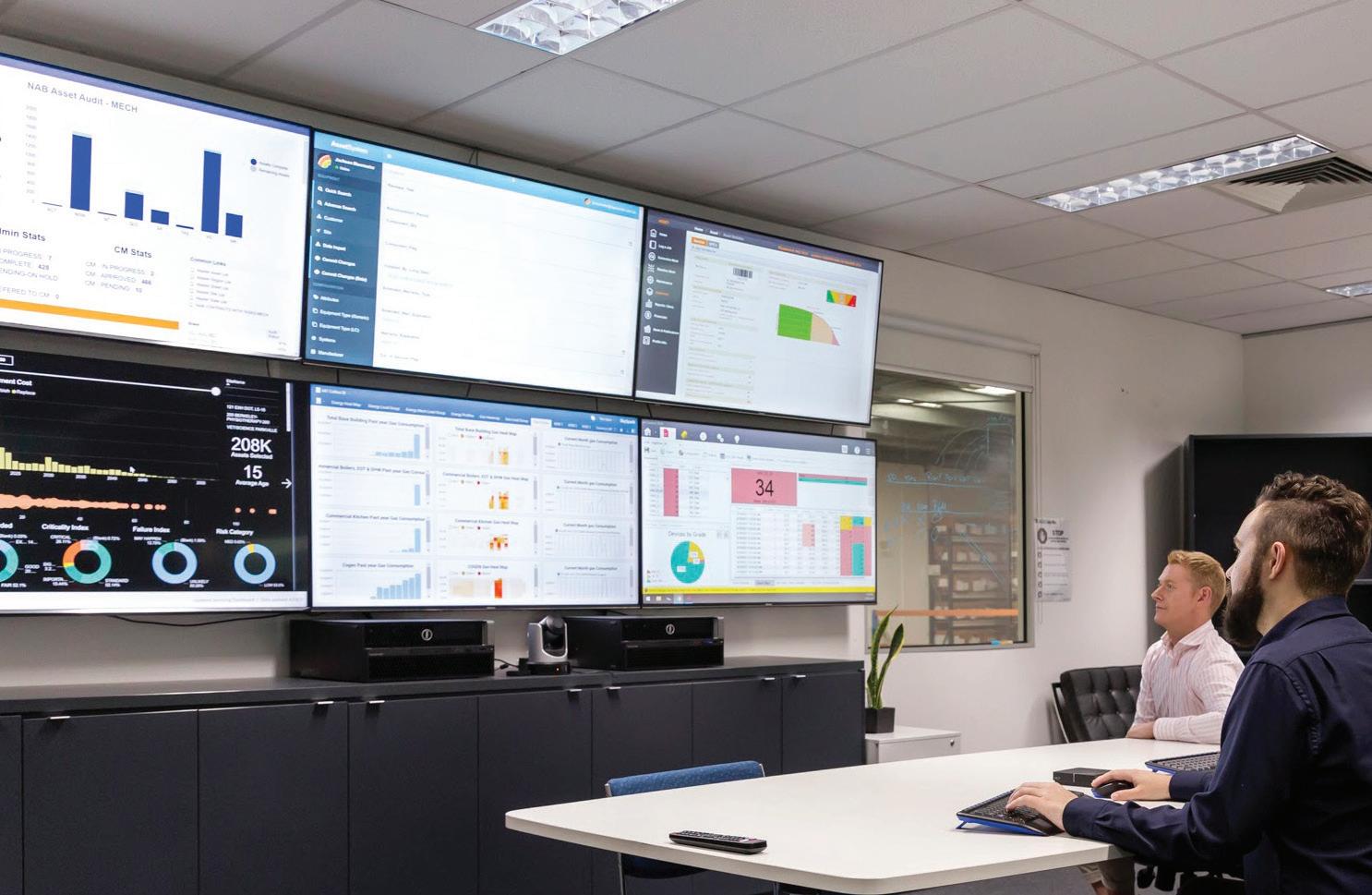

Getting the most from Building Tuning
As more and more building owners commit to net zero emissions, there has never been a stronger focus on reducing emissions. Building Tuning is a cost-effective method of improving energy efficiency as well as increasing occupant satisfaction, reducing operating costs, extending the operating life of equipment, and increasing the capital value of the building asset. The value of Building Tuning is evident through credits in most environmental rating schemes used in Australia, including Green Star, LEED, and Soft Landings.
The race to practical completion on many new projects can lead to compromises in quality, rushed commissioning and incomplete integration of systems. A comprehensive tuning program can mitigate the impact of unresolved issues that appear as a result of programme pressures. It can also help identify and resolve legacy issues within existing buildings, where well-intentioned changes may have been made without consideration of the downstream impact on building performance.
The scope of building tuning can vary between new and existing buildings and depends on the building owner’s requirements (e.g. a NABERS commitment agreement, Green Star Rating, improved tenant satisfaction, etc.). However, the specification of building tuning is often left to the reader’s imagination. Without a specific tuning scope and the active engagement of facility management, the building tuning process can fall short of its potential. References to tuning, “in accordance with” Green Star or LEED Guidelines can lead to differences in expectations.
Effective Building Tuning
Requires a strong and coordinated facility team effort involving the building owner, facility manager, occupants, service providers and technical tuning experts. In recent times, the roles of analytics packages and ‘virtual engineers’ has also played a part in the building tuning process. Operational analytics packages can save tuning teams a great deal of time and provide detailed insights into the performance of building systems. Many analytics packages have pre-configured rules or algorithms to identify common issues. It is critical that the ‘rules’ used to identify performance issues are specific to the building and tuned to remove ‘noise’ and spurious alarms.
The availability and accessibility of building information is also impacting building tuning. This includes integrated asset management systems, pro-active maintenance routines, life cycle planning, BIM Models incorporating O&M Documentation. Making this information readily available to building tuning teams can help to make fast, informed decisions and significantly improve the effectiveness of the tuning process.
Some recommended Tuning Strategies include:
Focus on Occupants
Buildings exist to provide a comfortable, safe and functional space for occupants. The first goal of building tuning should be to make sure that the occupied spaces are meeting the expectations of the occupants and/or lease. Seeking feedback from occupants is an extremely valuable source of information.
No Progress without Stability
Are the current control strategies and control loops operating in a stable, reliable and repeatable manner? Reducing instability can lead to better system performance, lower energy use and less wear on plant. Instability can be a result of:
+ Seasonal changes.
+ Low load operation of plant (e.g. after-hours) or intermittent use of spaces.
+ Fitouts and upgrades may conflict with the original design intent or commissioning setup.
+ Control logic ‘band-aids’, that may resolve a short-term issue but have long term impacts on efficiency and stability.

A Service to A.G. Coombs Group Clients.
A.G.Coombs
Keep on Track
Energy and water use in facilities is not ‘set and forget’; an accurate energy metering and energy efficiency strategy and reporting system is essential, along with making it someone’s job to pay attention! Energy usage dashboards can be very useful tools. Ensure that the energy and water use data is trended at appropriate intervals to allow for accurate assessment of hourly/daily/monthly/annual usage.
Targeted maintenance strategies should be implemented based on tuning observations, to help investigate issues and ensure ongoing efficient operation of the plant. The maintenance team should be involved in identifying additional improvement opportunities and feeding this back to the tuning team.
Some common traps where building tuning falls down:
+ Building tuning involvement/expectations unclear within contract documentation.
+ Energy Management Systems are often not complete at handover (and can take time to configure).
+ Energy Model outputs/targets do not align with the metering strategy for monitoring end use consumption.
+ The initial 12-month tuning period finishes prior to the building being fully occupied. Tuning is an on-going process.
+ Analytics rules that are ‘un-tuned’ can generate large amount of inaccurate data.
+ Maintenance resources directed to scheduled activities in lieu of investigating performance issues identified through tuning.
+ Late engagement of FMs and ICAs. Early engagement allows for input into the design process. This can also help the building owner understand the impact of ‘Value Engineering’ decisions, particularly on D+C projects, where the design consultants are novated to the builder.
For more information about Building Tuning, contact:
John Bourne – A.G. Coombs Advisory
P: +61 7 3648 0500 E: jbourne@agcoombs.com.au
Michael Sue – A.G. Coombs Advisory P: +61 2 9248 7400 E: msue@agcoombs.com.au
Andrew Smith – A.G. Coombs Advisory P: +61 3 9248 2700 E: asmith@agcoombs.com.au
For more information about Carbon Roadmap, visit: www.agcoombs.com.au/a-g-coombs-carbon-roadmap
